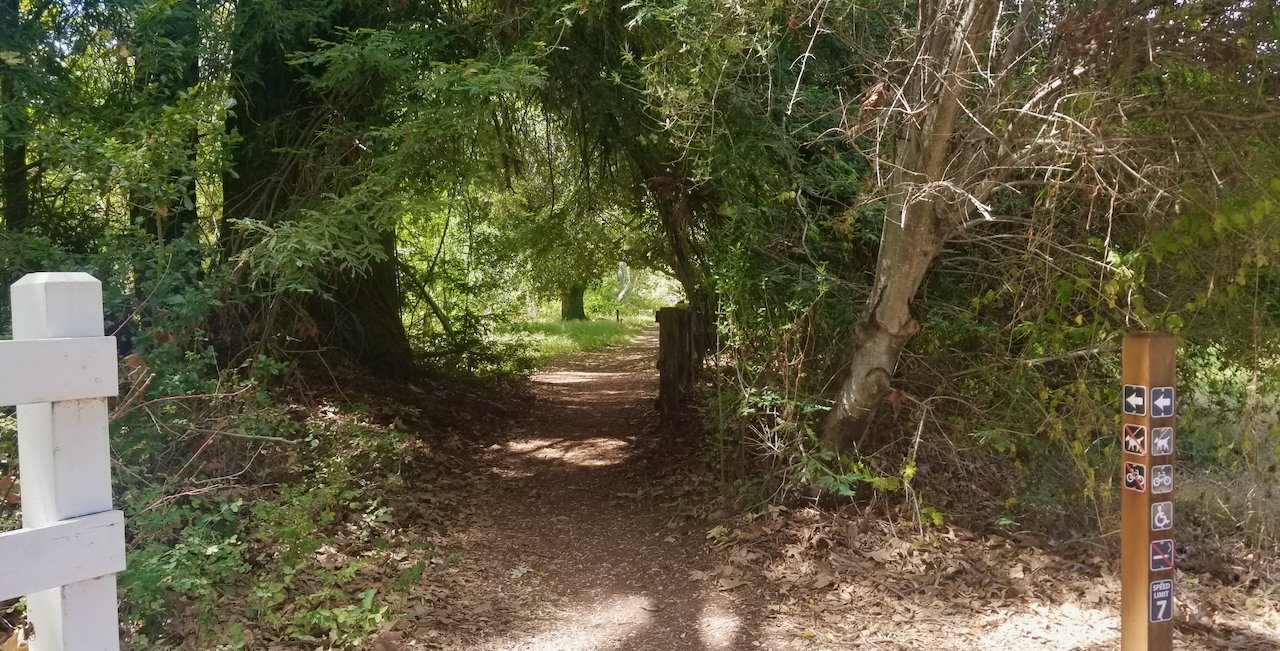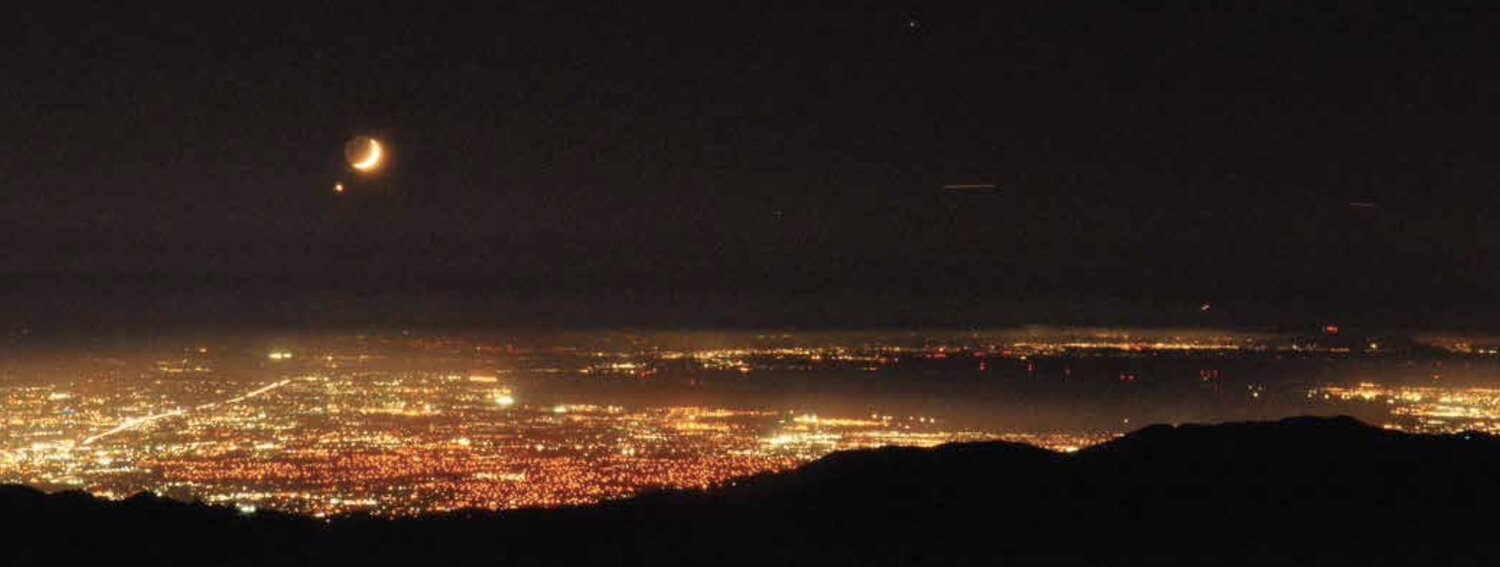Can one house block a major wildlife linkage? This one can!
Please ask San Jose Planning Commission to require a full Environmental Impact Report for the Gschwend Residence project.
What is happening
A home and driveway are proposed on a 17-acre property on Santa Teresa ridge at the southern boundary of San Jose, along the Coyote-Alamitos Canal. The property is a designated Critical Habitat for the Bay Checkerspot butterfly, and identified as a critical linkage for acquisition by the Valley Habitat Plan. Pathways for Wildlife identified the property as the most important wildlife crossing site where mountain lions, badgers, deer and other species can safely cross Santa Teresa Blvd. Science shows clearly that a house and its associated activities, noise, lighting and driveway will have a significant impact on wildlife movement.
The San Jose Planning Commission will discuss the proposed project on Wednesday, June 8.
The property was purchased 5 years ago for and is currently on the market for sale for 3 times the purchase price. An approval by the Planning Commission would only increase the property value and thus encourage speculation in other environmentally sensitive areas.
Why this is important
So what's the big deal about just one house? It could have a significant environmental impact on the entire region.
Pathways for Wildlife, the research consultants used by the Santa Clara Valley Habitat Agency and the Open Space Authority to study wildlife movement in and around Coyote Valley has identified this very specific site as critical for the wildlife linkage between the large habitats of the Diablo range and Santa Cruz Mountains needed to maintain genetic diversity of the wildlife populations.
For example, studies show that the existence of mountain lions in the Santa Cruz Mountains is already threatened by health issues due to inbreeding.
Still, what’s the impact of one house? Picture an hourglass with the top and bottom chambers as the large habitats, this site is that pinch point in the middle. If you clog it, you lose the flow and hence the whole functioning of the hour glass is lost.
Pathways for Wildlife identified only two safe wildlife passages available to cross Santa Teresa Blvd. and one is the culvert of the Coyote Alamitos Canal at this site.
Have you ever seen a mountain lion in person? Like me; probably not. But if you’ve hiked our hills, they’ve seen, heard, and smelled you. They avoid human contact and activity including cars, lights, and noise.
How you can help
Ask the Planning Commission not to approve the project but rather require an Environmental Impact Report (EIR) to fully study and mitigate the significant threats that building a home and a driveway in this critically sensitive wildlife corridor would cause.
Please email the Planning Commission
Subject: June 8th Agenda Item 5a: Please require EIR for the Gschwend Residence
CC: PlanningCom1@sanjoseca.gov, PlanningCom2@sanjoseca.gov, PlanningCom3@sanjoseca.gov, PlanningCom4@sanjoseca.gov, PlanningCom5@sanjoseca.gov, PlanningCom6@sanjoseca.gov, PlanningCom7@sanjoseca.gov, PlanningCom8@sanjoseca.gov, PlanningCom9@sanjoseca.gov, PlanningCom10@sanjoseca.gov, PlanningComCW@sanjoseca.gov
BCC: advocate@scvas.org
Please attend the meeting (ZOOM LINK) on June 8th, 6:30PM.
You will have 1-2 minutes to speak on the item (5a)
Example email/talking points
As a resident of San Jose who cares deeply about nature, the health of our wildlife populations and the integrity of wildlife connectivity in our region, I ask the Planning commission to deny the Gschwend Residence Project. Please require a full Environmental Impact report to analyze the impacts of the project to endangered species, to fully mitigate the impacts of the project on animal movement and on the critical habitat for Bay Checkerspot butterflies, and to explore alternatives.
Thank You,
[ your Name]
and the wildlife of Santa Clara County





